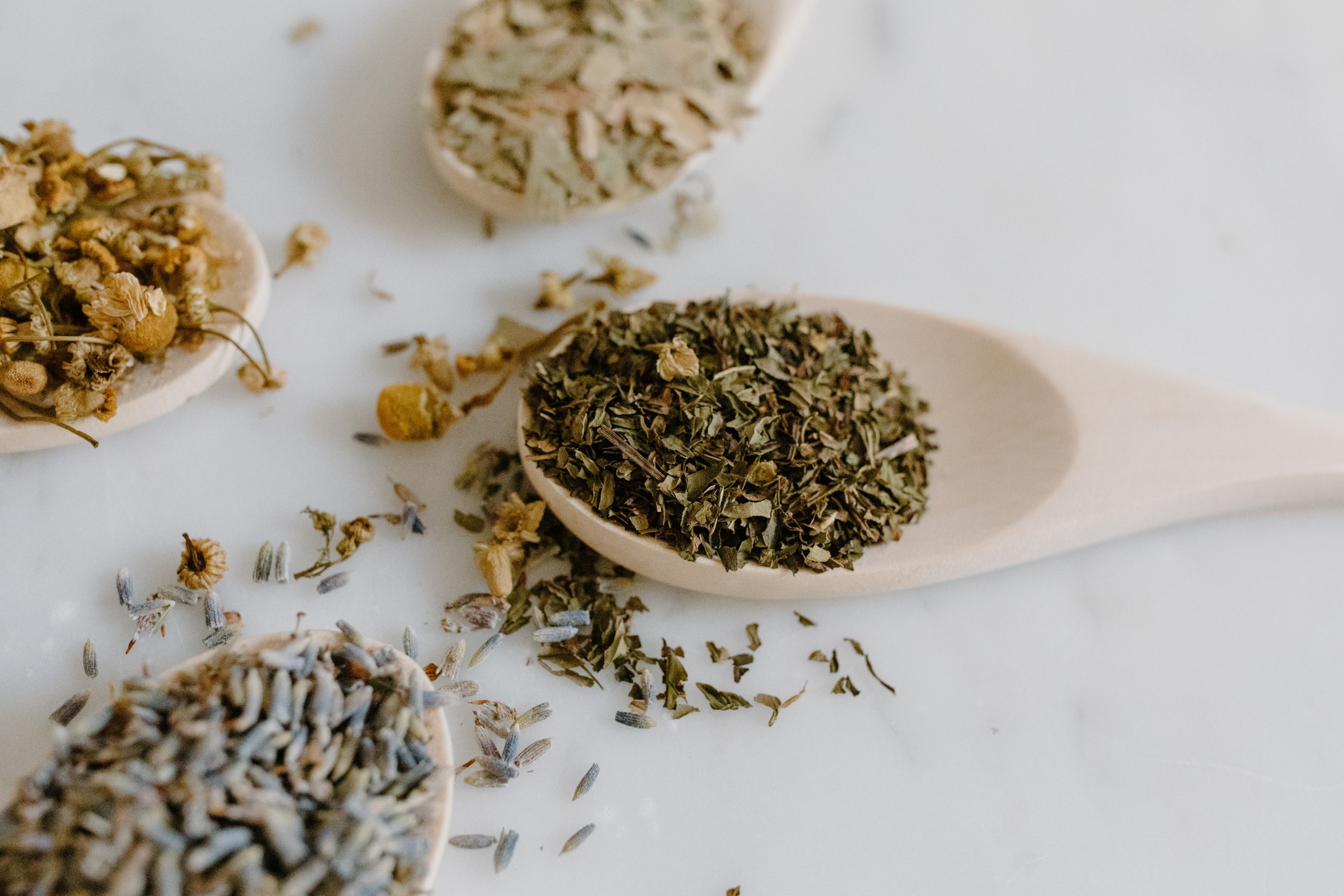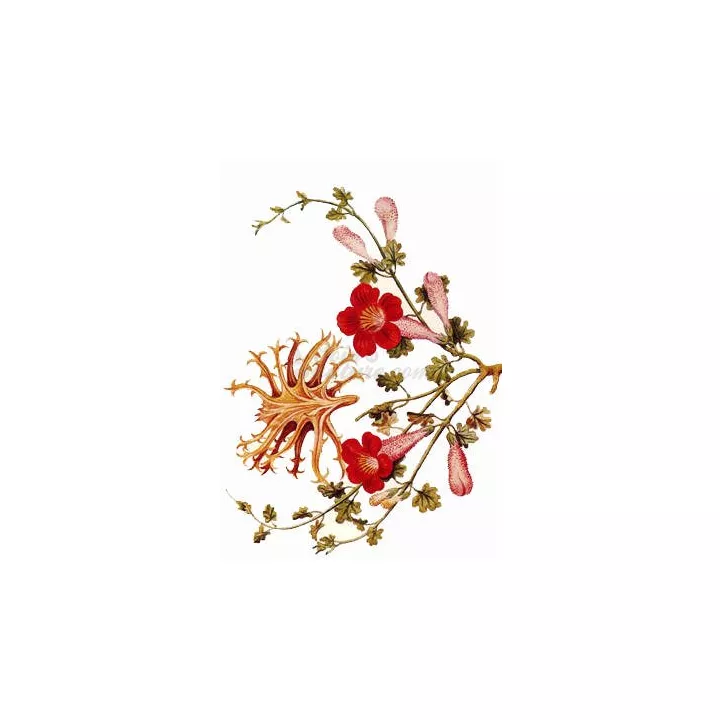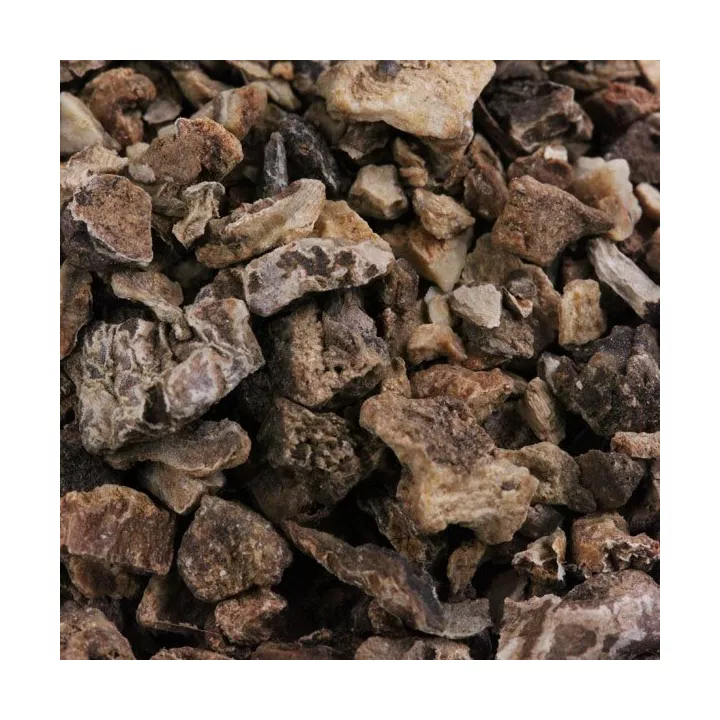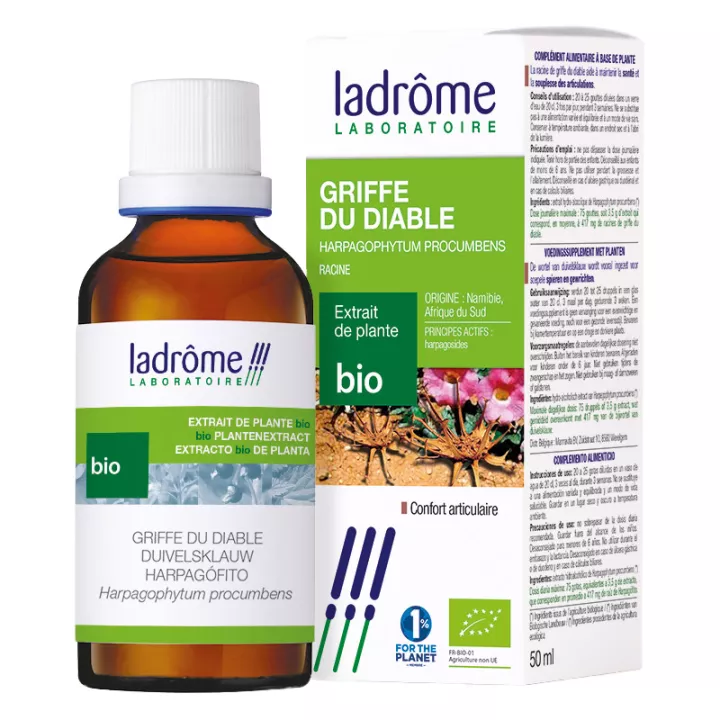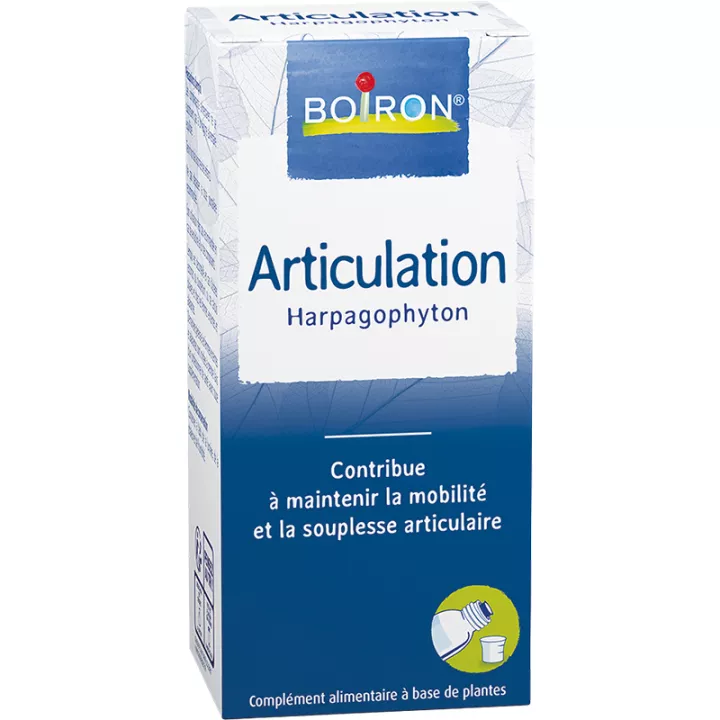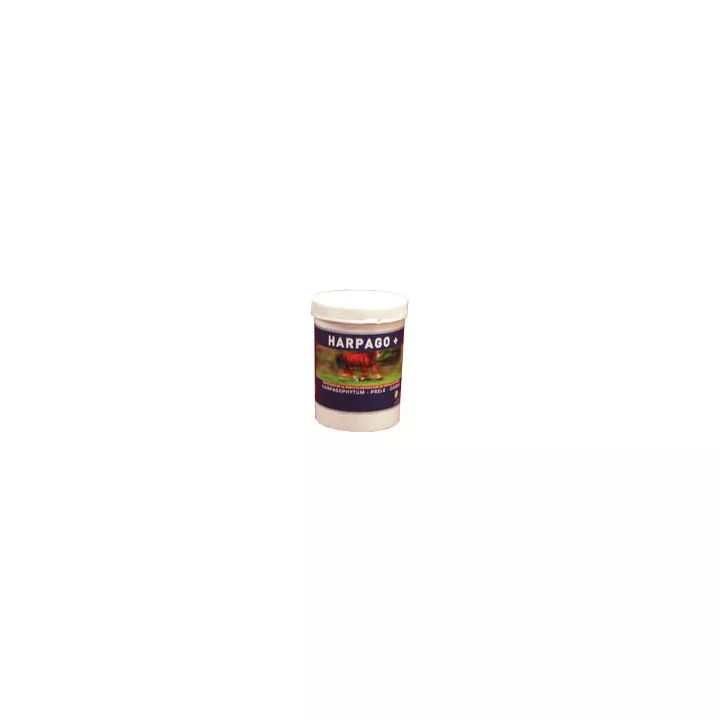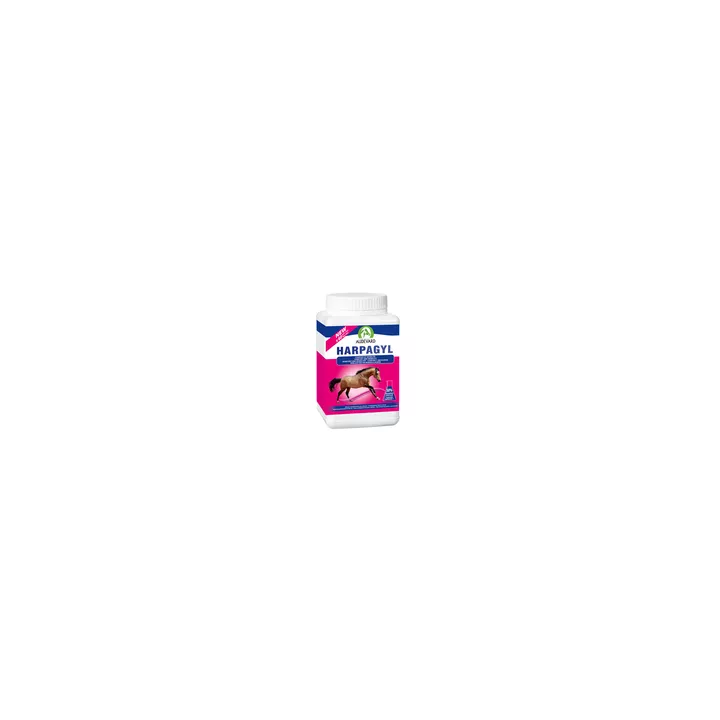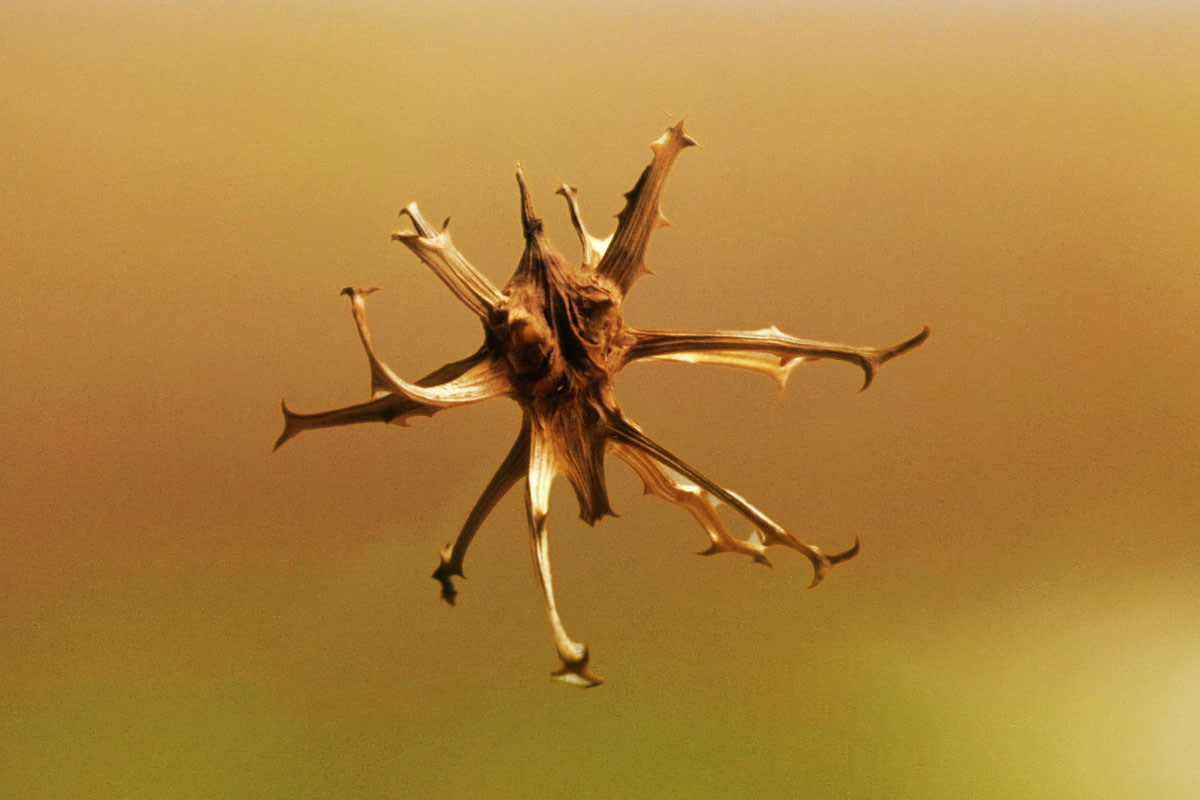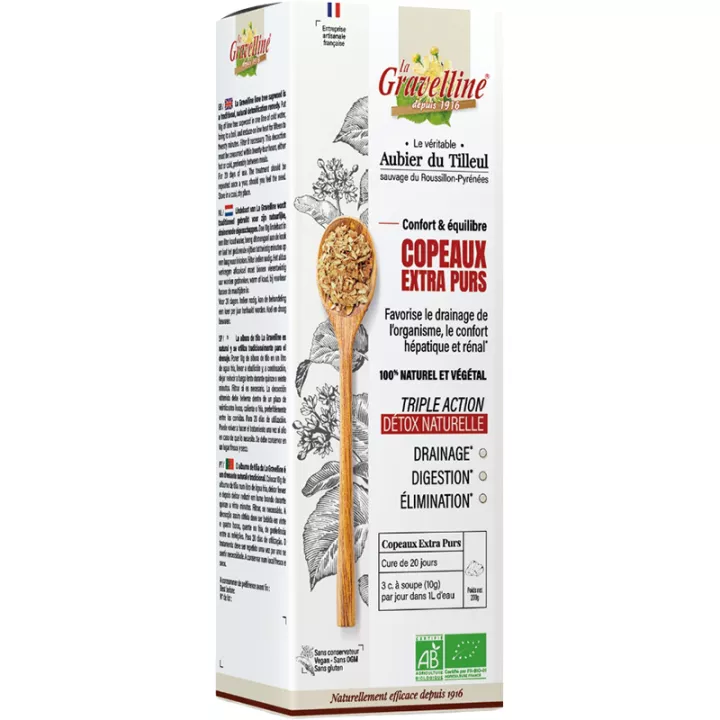What is Harpagophytum Racine Coupée used for?
Over the past decade, harpagophytum, also known as devil's claw, has become an essential ingredient in herbal supplements. Native to southern Africa, this creeping plant is mainly used to relieve joint pain associated withosteoarthritis and rheumatism. But its benefits don't stop there: it is also reputed to aid digestion and help relieve backache and tendonitis.
Harpagophytum's active ingredients, notably harpagosides,harpagoquinone andcinnamic acid, have anti-inflammatory and analgesic properties. These components act by reducing the synthesis of eicosanoids, the substances responsible for inflammation in the body. This makes harpagophytum a natural alternative to traditional anti-inflammatory drugs for people suffering from mild to moderate pain. In fact, clinical studies on over 2,000 patients show a significant reduction in pain and improved joint mobility.
In addition to its action on joint pain, harpagophytum is used to stimulate appetite and relieve digestive disorders such as bloating and flatulence. Although research into its digestive effects is still limited, this bitter plant is commonly used to stimulate bile production and thus aid digestion.
Health authorities such as theEuropean Medicines Agency and theWorld Health Organization recognize harpagophytum's effectiveness in relieving pain associated with rheumatism. However, these organizations recommend a limited period of use: four weeks for joint pain and two weeks for digestive disorders.
Iphym also offersHibiscus Karkadé Fleur at the best price in our online pharmacy.
How to use this plant
To enjoy the benefits ofharpagophytum cut root, we recommend preparing a decoction-maceration. Here's how to do it:
- Pour 300 ml boiling water over 4.5 g finely chopped root.
- Leave to stand at room temperature for 8 hours.
- Filter the preparation.
- Take the decoction three times a day (2.5 to 5 g per dose).
For dried root, dissolve 4.5 g in 500 ml water, also in three doses.
Give your opinion on the advice for use and dosage of Harpagophytum Racine Coupée with our partner Verified opinions after your purchase.
Precautions for use :
Harpagophytum may not be suitable for everyone. Here are a few precautions to take:
- People suffering from gastro-oesophageal reflux,gastric ulcer or duodenum should avoid this product, as it may stimulate the secretion of gastric juices.
- If you have gallstones, consult a physician before use to avoid the risk of biliary colic.
- People with cardiovascular disease should also refrain from taking harpagophytum.
- Not to be used by children under 18, or during pregnancy orbreast-feeding.
Harpagophytum may interact with certain medications, notably anticoagulants, NSAIDs and hypoglycemic drugs. It is therefore essential to consult a health professional before starting any treatment with this plant.
What does it contain?
Latin name: Harpagophytum procumbens DC.
Family: Pedaliaceae, Pedaliaceae
Common names: Devil's claw, Windhoek root
Parts used: Tuberized secondary lateral root, cut and dried.
Origin: native to South Africa, where it was widely used by "witch doctors".
The term"Devil's Claw" comes from the Greek harpagos, meaning "grappling hook", and derives from the fact that animals that injure themselves by stepping on the hook-covered fruit jump up and down furiously under the effect of the pain, appearing to perform a frenzied dance.
Several molecules of interest in harpagophytum (H procumbens and H. zeyheri) could be active ingredients: harpagoside (significant peripheral analgesic effect), 8-p-coumaroylharpagide, 8-feruloylharpagide, 8-cinnamoylmyoporoside, pagoside, actenoside, isoactoside, 6'-O-acetylacteoside, cinnamic acid, caffeic acid. The combination of several of these molecules could explain harpagophytum 's anti-inflammatory and pain-relieving properties , but it's also possible (but yet to be demonstrated) that some of these molecules are modified during the digestion process to become more active.
Presentation:
Available in 100 g, 250 g or 1 kg sachets.
